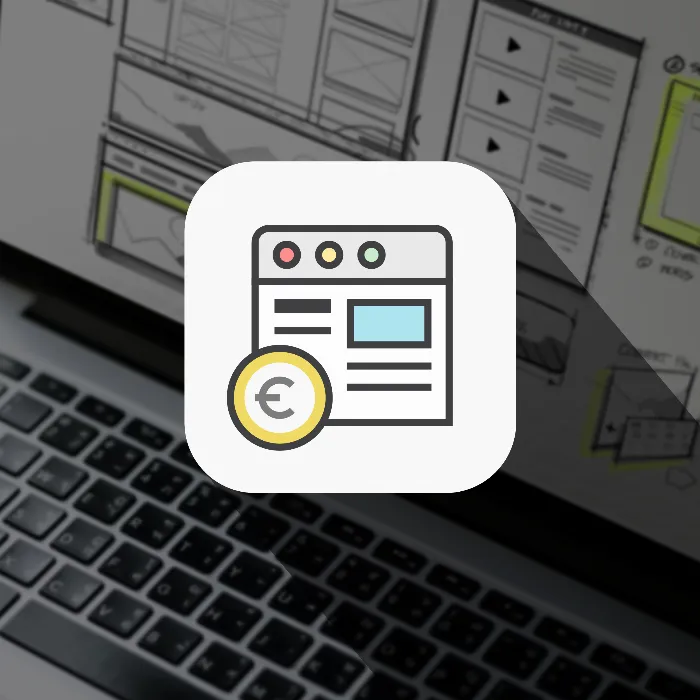Podcast Marketing is an effective way to communicate with your target audience and strengthen your brand. In this tutorial, you will learn how to effectively design and market your podcast. Using anchor.fm as an example, I will show you what to pay attention to in order to ensure that your podcast is both appealing and search engine optimized. Let's dive step by step into the world of podcast marketing together.
Main Insights
- An appealing title and a concise description are crucial for the success of your podcast.
- Keywords in the title and description help achieve better rankings in search results.
- HTML formatting can give structure and readability to your description.
Step-by-step Guide
Step 1: Set the title of your podcast
Start by choosing a suitable title for your podcast. It is important that the title is concise and appealing. An example could be: "#001 Introduction". It should quickly convey what the first episode is about. Try to keep the title as brief as possible to avoid it being cut off on platforms like Spotify.
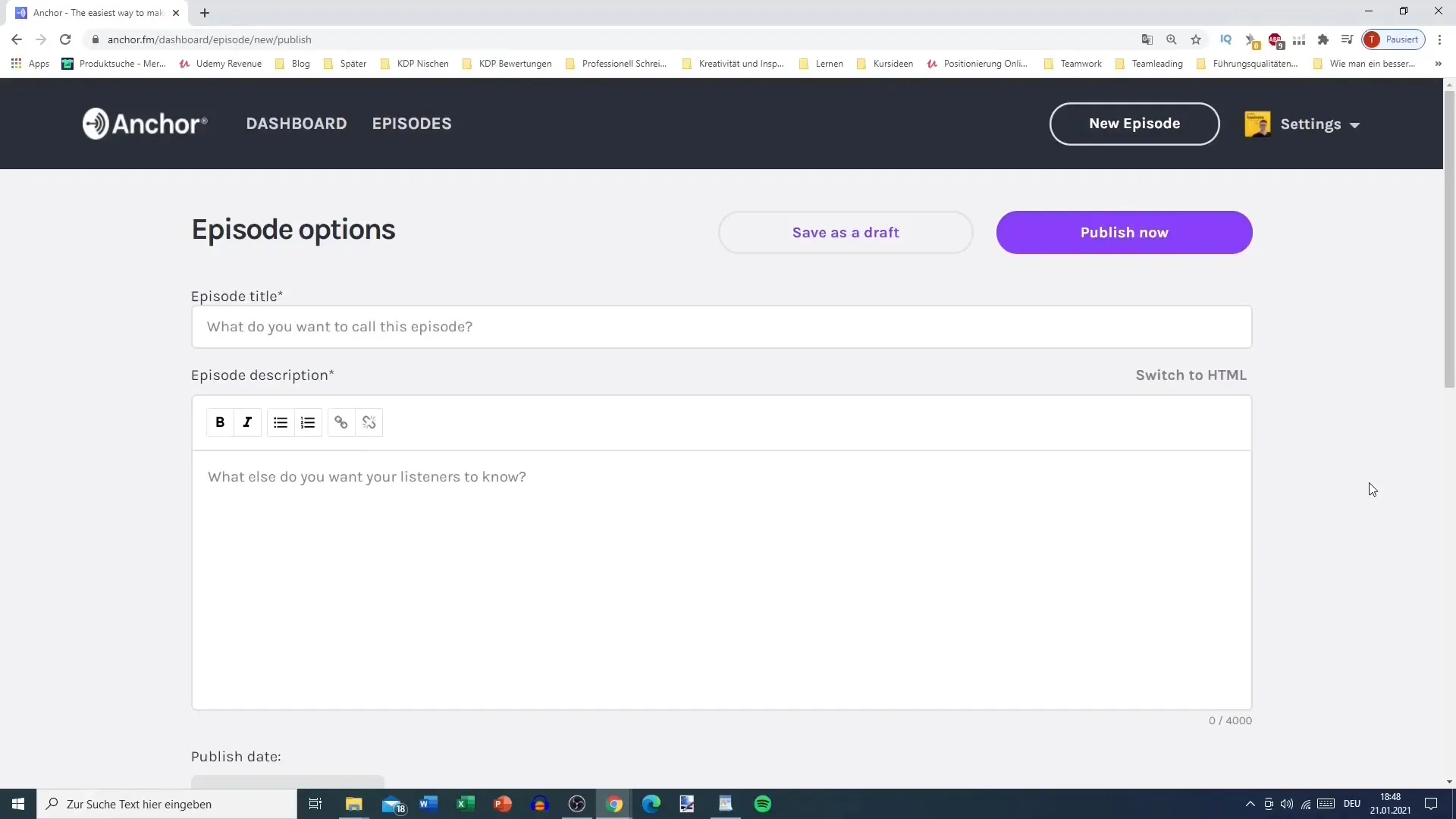
Step 2: Add a suitable description
Your podcast description is another important component. Here, you should provide a brief overview of what your podcast is about. You could use the following description: "In this episode, we discuss Apple's IPO and its impact on stock prices." Make sure to use relevant keywords to help users find your podcast more easily.
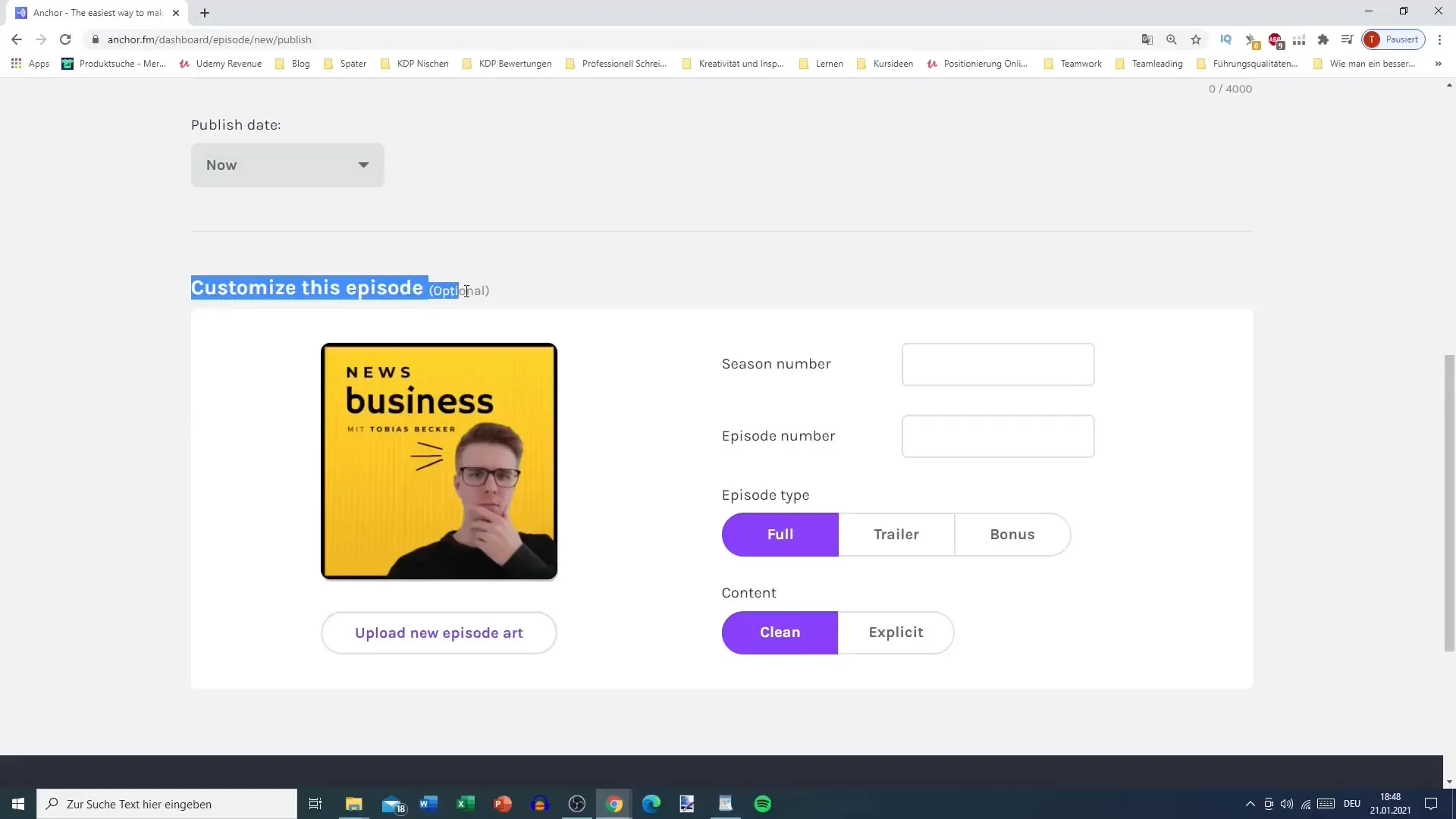
Step 3: Date and publication settings
Define the date on which your podcast should be released. This gives listeners an idea of when to expect new content. You can also add "Custom Options" to provide additional information that may be of interest to your listeners.
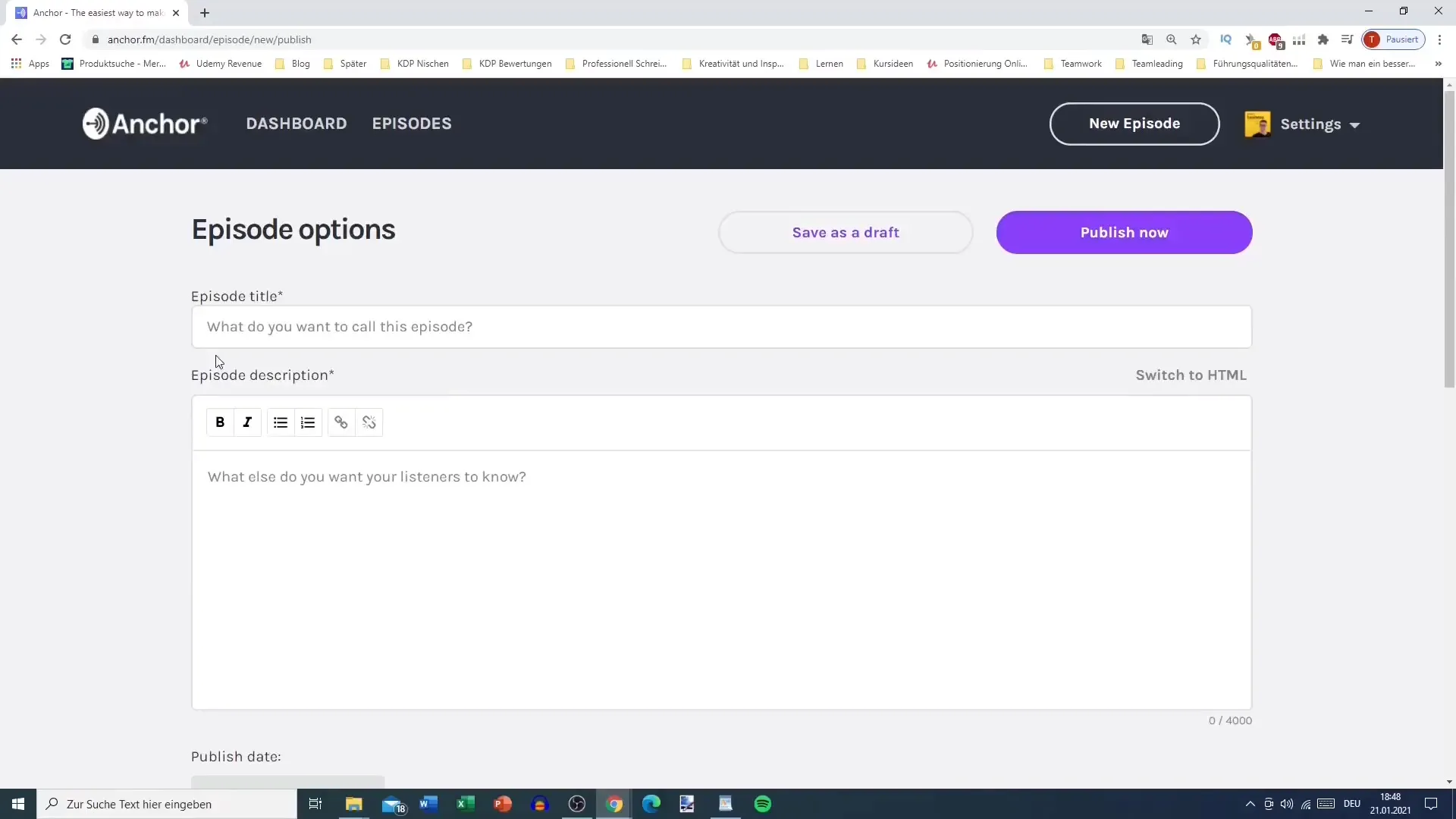
Step 4: Use of keywords
To improve your visibility in search engines, strategically insert keywords in your title and description. Use terms that potential listeners might use, such as "stock market", "stocks", and "investments". This helps increase your reach.
Step 5: Describe an engaging episode
The description of each episode should be specific and briefly summarize what listeners can expect. Avoid entering mixed topics or talking about different episodes to avoid confusion.
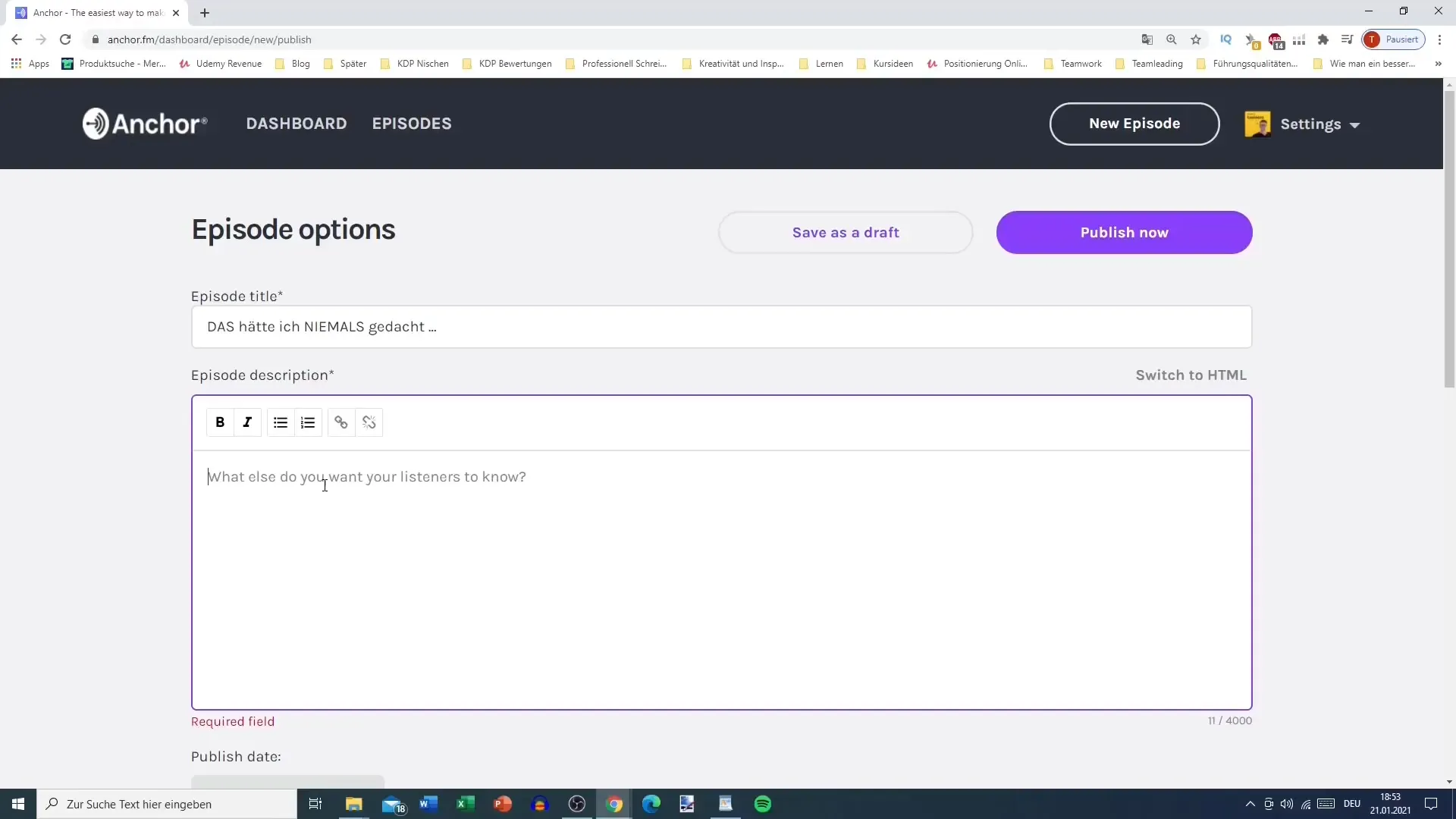
Step 6: Use of HTML for formatting
To make the text more attractive, you can use HTML formatting. For example, you can bold or italicize the episode title or guest's name. This enhances readability and user experience, especially on mobile devices.
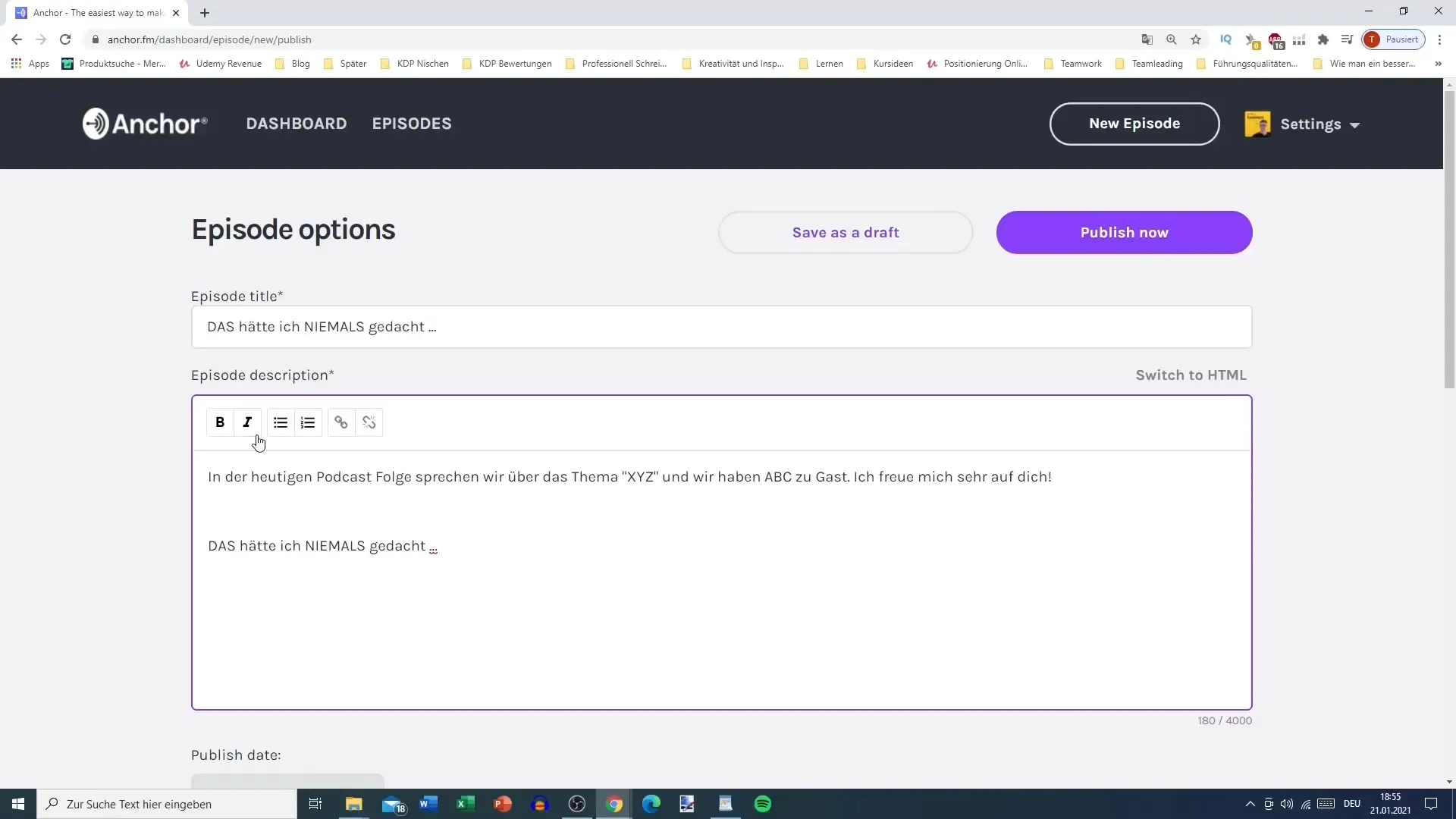
Step 7: Add external links
If you have a guest on your podcast, you can add a link to their website or social media. This provides additional value and allows your listeners to learn more about the guest.
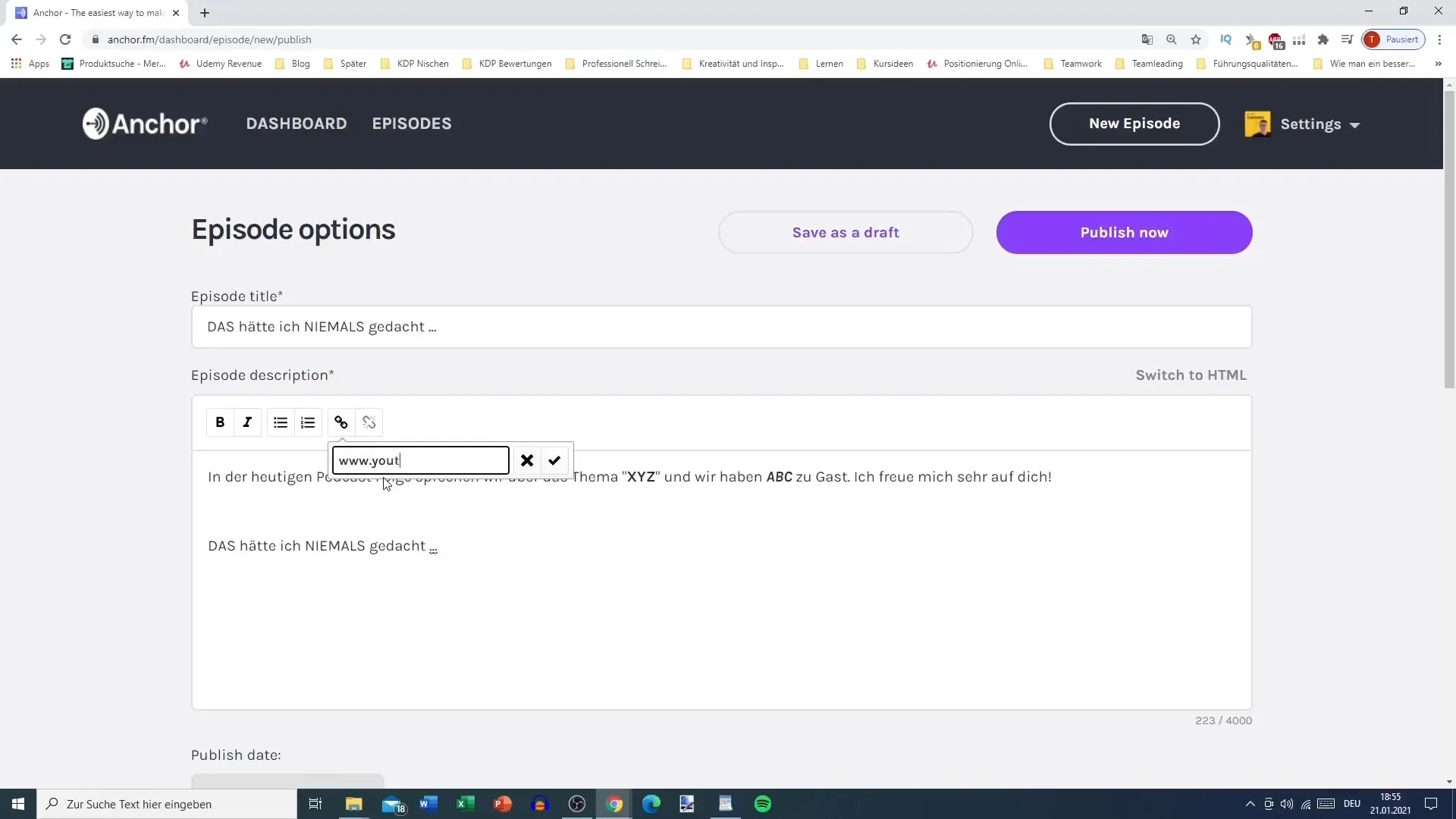
Step 8: Create structure through lists
Use bulleted or numbered lists for more clarity in your descriptions. This makes it easier to grasp important points. Simply click on the respective options to create lists.
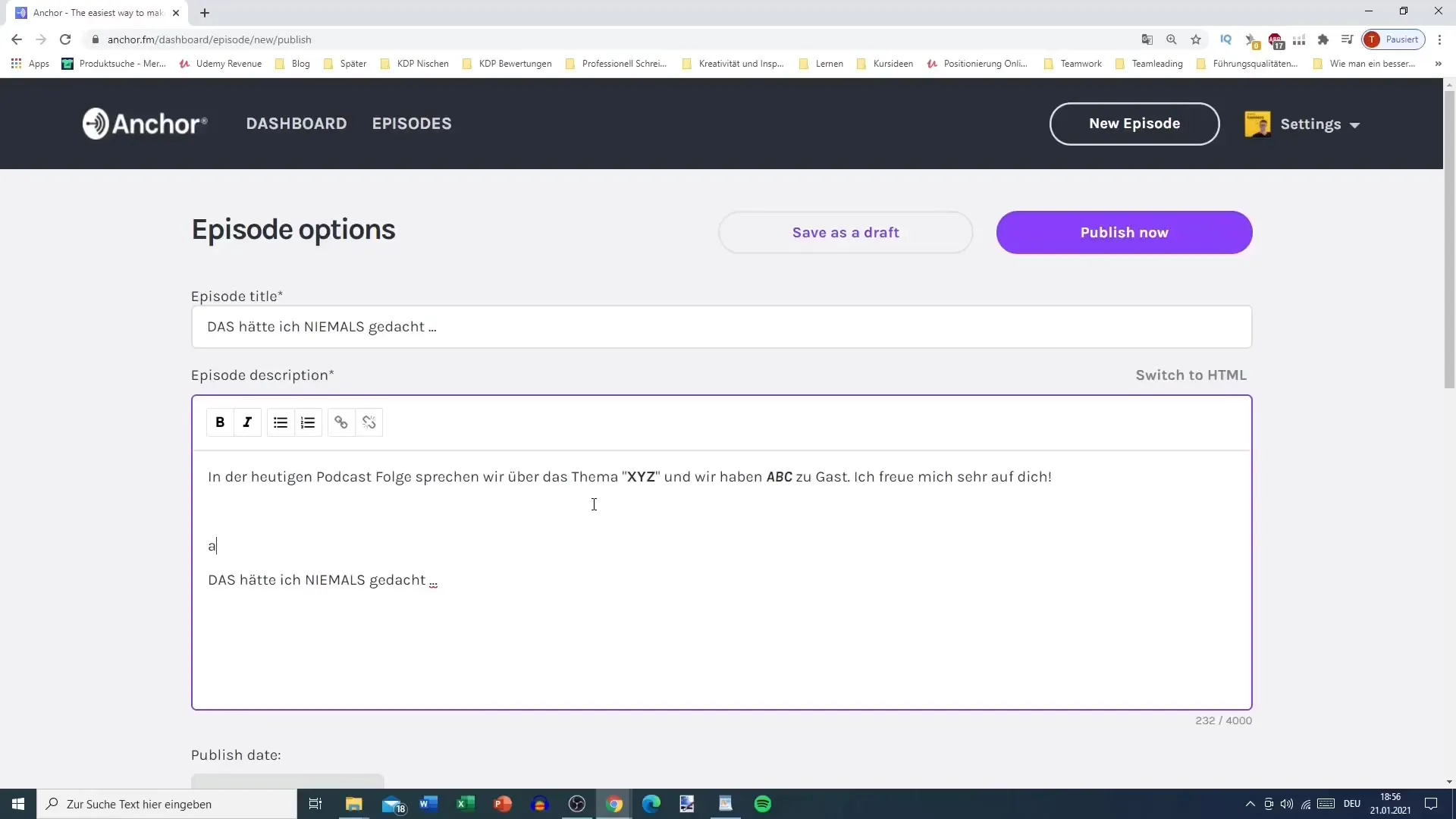
Step 9: Link to similar podcasts
It can also be helpful to link to similar or well-known podcasts that have inspired you. This not only increases credibility but also provides your listeners with suggestions for more content.
Summary
The design and delivery of your podcast play a crucial role in its success. Pay special attention to an appealing title, a relevant description, and the integration of keywords and links to maximize your visibility. Using HTML formatting and lists can help present your content clearly and structured.
Frequently Asked Questions
How can I find the right keywords for my podcast?Research which terms are frequently used by your target audience and integrate them into the title and description.
How important is the description for my podcast?The description is important for discoverability and should be clear and precise.
Can I cover multiple topics in one episode?It is better to focus on one topic to avoid confusion among listeners.
